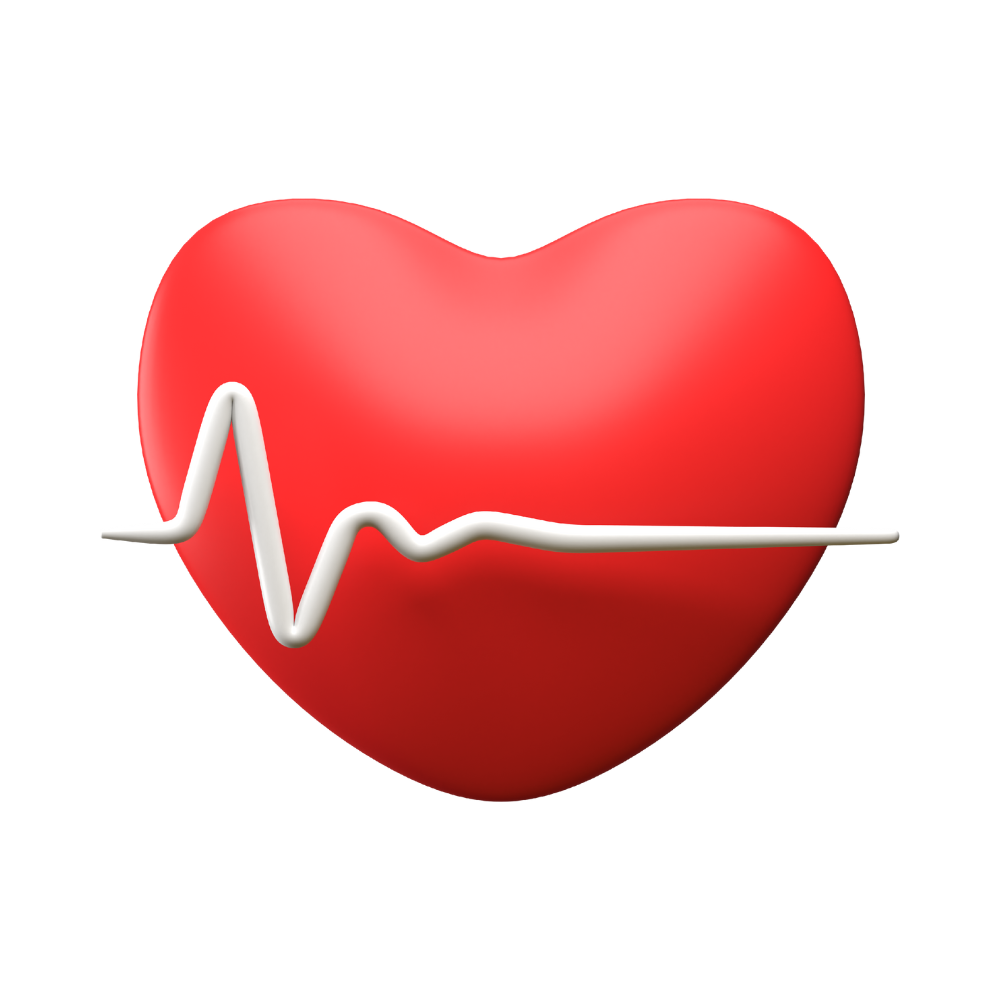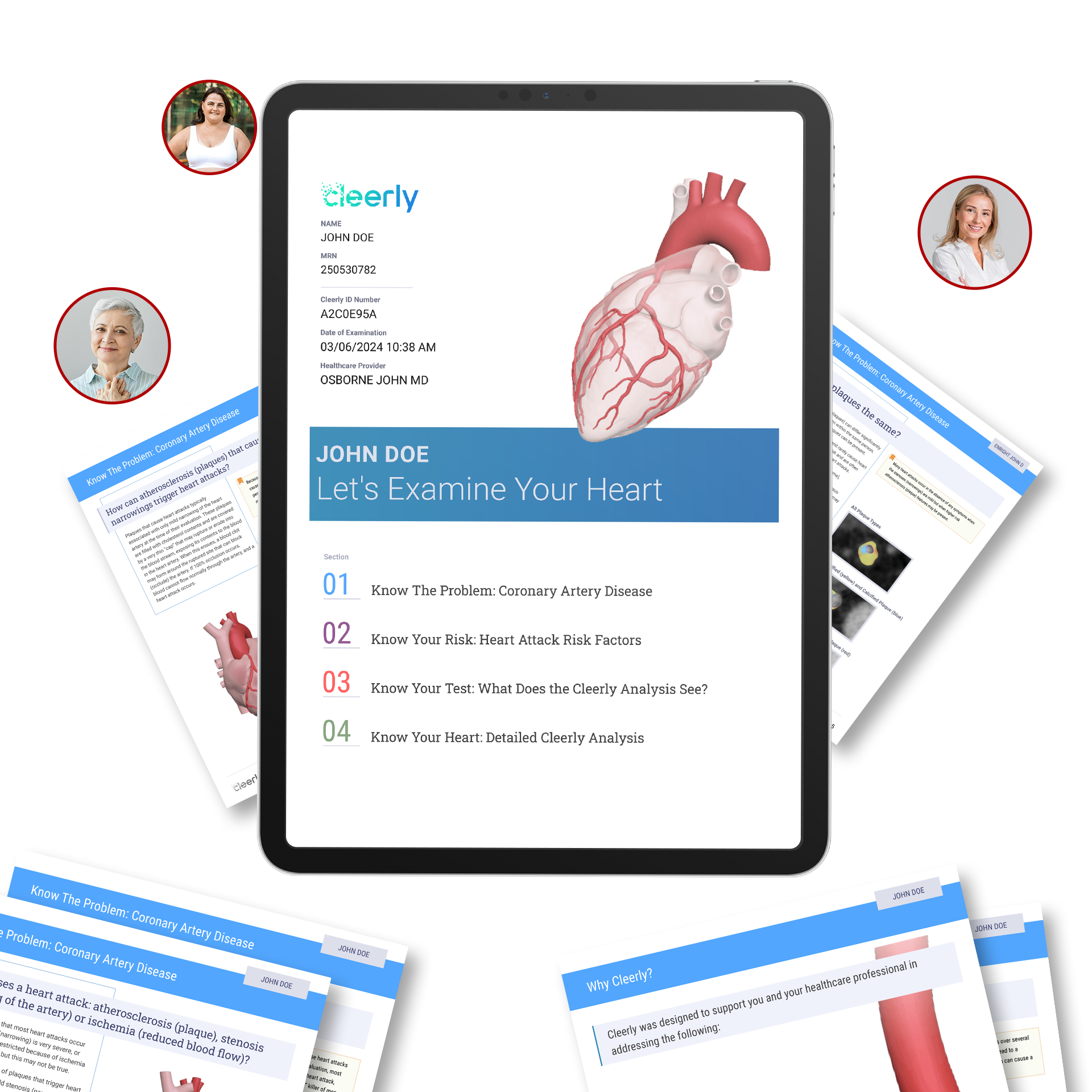EXPLORE HEART HEALTH WITH US
At ClearCardio™, we're dedicated to not only providing cutting-edge cardiac care but also empowering you with knowledge to make informed decisions about your heart health. Filled with insights, tips, and real-life stories that showcase the transformative power of proactive cardiac care.
EXPLORE HEARTH HEALTH WITH US
At ClearCardio™, we're dedicated to not only providing cutting-edge cardiac care but also empowering you with knowledge to make informed decisions about your heart health. Filled with insights, tips, and real-life stories that showcase the transformative power of proactive cardiac care.
OUR BLOG CATEGORIES

Heart Health Tips
Discover actionable advice on how to maintain and improve your heart health through diet, exercise, and more.

Patient Stories
Read inspiring stories from our clients who have experienced significant health improvements with our help.

Research Updates
Stay informed about the latest findings in cardiac care and how they impact the services we provide.

The Hidden Killer in Your Arteries
ClearCardio with Dr. John Osborne
Welcome to ClearCardio's Prevention is Power podcast, where we get real about your health, your future, and the steps you can take to live a longer, healthier life. In this eye-opening episode, we tackle one of the biggest killers of our time: heart attacks and strokes. These aren't random events—they're preventable killers that don't care if you're busy building your career, and half of all victims have no symptoms before the attack.
Dr. John Osborne reveals why traditional testing methods like EKGs, stress tests, and cholesterol panels are failing to detect the real threat hiding in your arteries. He explains the revolutionary difference between "risk factors" and actual disease, and why current medical practices miss 25-40% of serious blockages. This episode breaks down how plaque builds up in vessel walls (not where doctors typically look) and why someone can pass a stress test one week and have a heart attack the next.
"The only way to see if you have plaque in the blood vessels—and here's the shocker—is to look to see if you have plaque in your blood vessels. Seems pretty simple." — Dr. John Osborne
Key Takeaways from This Episode:
Heart attacks and strokes are the same disease process—ischemia (reduced blood flow)—affecting different organs, with 80% of strokes and 99% of heart attacks caused by plaque buildup.
Half of all heart attack victims experience no symptoms beforehand. The first symptom is often the heart attack itself, and 50% of those people die.
EKGs only detect electrical problems of the heart and tell you nothing about the "plumbing" (blood vessels). You can have severe blockages and a completely normal EKG.
Stress tests miss 25-40% of significant blockages because they only detect problems when vessels are 70% or more blocked, but most heart attacks occur from 30-50% blockages.
There's no such thing as "good" or "bad" cholesterol—it's all just cholesterol. HDL being "protective" is a myth that's been disproven over the last 10-15 years.
Plaque doesn't build up inside the artery (where doctors look). It grows outward in the vessel wall, like a donut around the blood channel, making it invisible to traditional testing.
Risk factor calculations tell you about populations similar to you, not about YOU specifically. You can have low calculated risk and still have significant disease.
Current healthcare follows a "metastatic cancer detection" model—only finding disease when it's severely advanced, missing all the early, treatable stages.
Plaque evolves predictably from "red hot lava" (most dangerous) to yellow (cooling lava) to blue (calcified/extinct volcano), but only calcium scoring can detect the final stage.
Blood pressure creates "Velcro" vessels instead of "Teflon" vessels, allowing cholesterol to stick and begin the plaque formation process.
Resources Mentioned:
ClearCardio Advanced Heart Scanning: clearcardio.com
Cardiac CT Imaging Technology
Dr. John Osborne's Preventive Cardiology Practice
Understanding Plaque Formation and Detection
PREVENT Risk Calculator (American Heart Association)

Get A Sample Report and Your Personalized ClearCardio™ Action Plan for FREE

